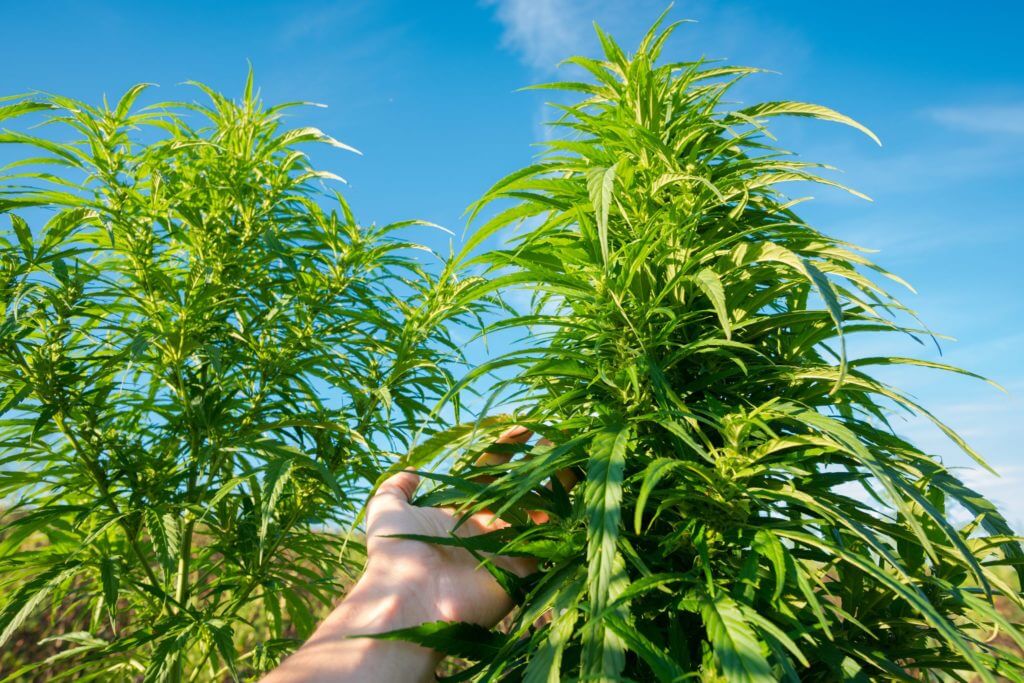As the cannabis industry is experiencing significant changes – both in legislation, testing, and research – the culture, climate, and needs differ from state to state. Suppose a cultivator wants to deliver a quality product to different states and thus a diverse range of consumers. In that case, many factors need to be considered when the product is harvested, marketed, and sold. Despite all of these factors – one undeniably colossal influence is the weather and climate in each differing state. This impacts how cannabis is cultivated, harvested, and sold. A diverse plan of action needs to be implemented, and here are some of the top considerations for a diverse approach.
Different Methods For Different States
The sun, rain, and cold impact a cultivator’s methods of growing cannabis. California has abundant sunshine and minimal rain, leading to larger plants’ growth. Cultivators are therefore able to market the best parts of the plant. This has created a very high-quality market in California. After almost six years after the legalization of cannabis – California has had an enormous advantage in driving the cannabis market. They were able to expand, test, cultivate and sell in vast amounts (in contrast to other states) before many of their counterparts. Has this given them an edge? Possibly. It has also, unfortunately, created an overcrowded market.
Growing cannabis indoors due to its wetter climate – Massachusets is a relatively new player on the field. They were only legalized in 2018. This forced cultivators to grow indoors, which limited the plant’s quality and size. Hydroponics has become a popular cultivation method for indoor growers – giving them everything they need to monitor and control the nutrients administered to the plants. Hydroponics eliminates the need for soil – instead of using a system of water and nutrients to sustain the plant. This system allows for maximum control – with systems that can be set up in basically any space. The cultivator controls all external elements.
Cultivators that want to market their products to a wide range of states – have to consider quite a few elements. The method of growth that will be successful in that particular state, the need that drives the cannabis sales, and the culture of the cannabis market. Cultivators must consider the people’s underlying attitudes – and how education can reform those convictions. Do they play a role in advancing the backdated understanding of cannabis? Yes – if they want their products to flourish and be used mindfully – they have to do the groundwork to establish the need for their cultivars.

How Can Cultivators Adapt To Needs?
Cultivators aiming to enter more than one market – need to immerse themselves into the mindset of the people that will buy their products. Is the need medical or recreational? Cultivators can branch off and experiment with new strains if the market has been established for quite some time. But for a cultivator in a brand new market, sticking to one product and delivering quality repeatedly is the best way to establish rapport.
If a cultivator seeks to introduce products that the market is not yet ready for – the effects can be long-term and detrimental. Mature markets can branch-off and find niche markets for their products – becoming more specified and adventurous. But for new players, creating a good and reliable product in the right quantities will be the best foundation for future success.

Cultivators bridging the gap between markets require analytical skills and a sense of adventure. Cultivators will always have a fear of not being innovative enough – or being too experimental. The answer lies in reviewing the market from all angles, analyzing the need, and educating the people on the ground level. This will enable them to deliver the right product to the right market – at the right time.
Enjoyed that first hit? Come chill with us every week at the Friday Sesh for a freshly packed bowl of the week’s best cannabis news!

















